The Solar Process:
Turning sunlight into electricity for your home involves a few main parts: solar panels, an inverter, some cables, and sometimes batteries. Let’s break down what each part does in this simple guide to how solar power works.
Solar Panels
These are the heart of the system, placed usually on your roof. They capture sunlight and convert it into DC (direct current) electricity. Also called PV (photovoltaic – converts sunlight into electricity). Think of them as big, flat batteries that get their energy from the sun! The panels convert sunlight into electricity through a phenomenon known as the photoelectric effect – essentially, when photons from sunlight hit the surface of the PV cell, electrons are dislodged and a flow of electrical current is created.
Inverter
This is the brain of the operation. The electricity from the sun is not ready to use right away. The inverter changes this ‘raw’ DC solar power into AC (alternating current) electricity that you can use in your home for your lights, appliances, and more.
Cabling
These are like the veins of the system. Cables run from the solar panels to the inverter and then into your home. They carry the electricity where it’s needed.
Batteries (Optional)
Not all solar systems have these, but they’re like energy savings accounts. They store extra solar power, so you can use it later, like at night or on cloudy days when your panels aren’t getting as much sunlight.
So, excess energy is either fed back to the grid or stored within a battery system.
In summary, sunlight hits the panels, the inverter converts it from DC to AC electricity, cables transport it, and batteries can be used to store it for later use.
Take a look at the video below for a more in-depth look as to how solar panels work!

